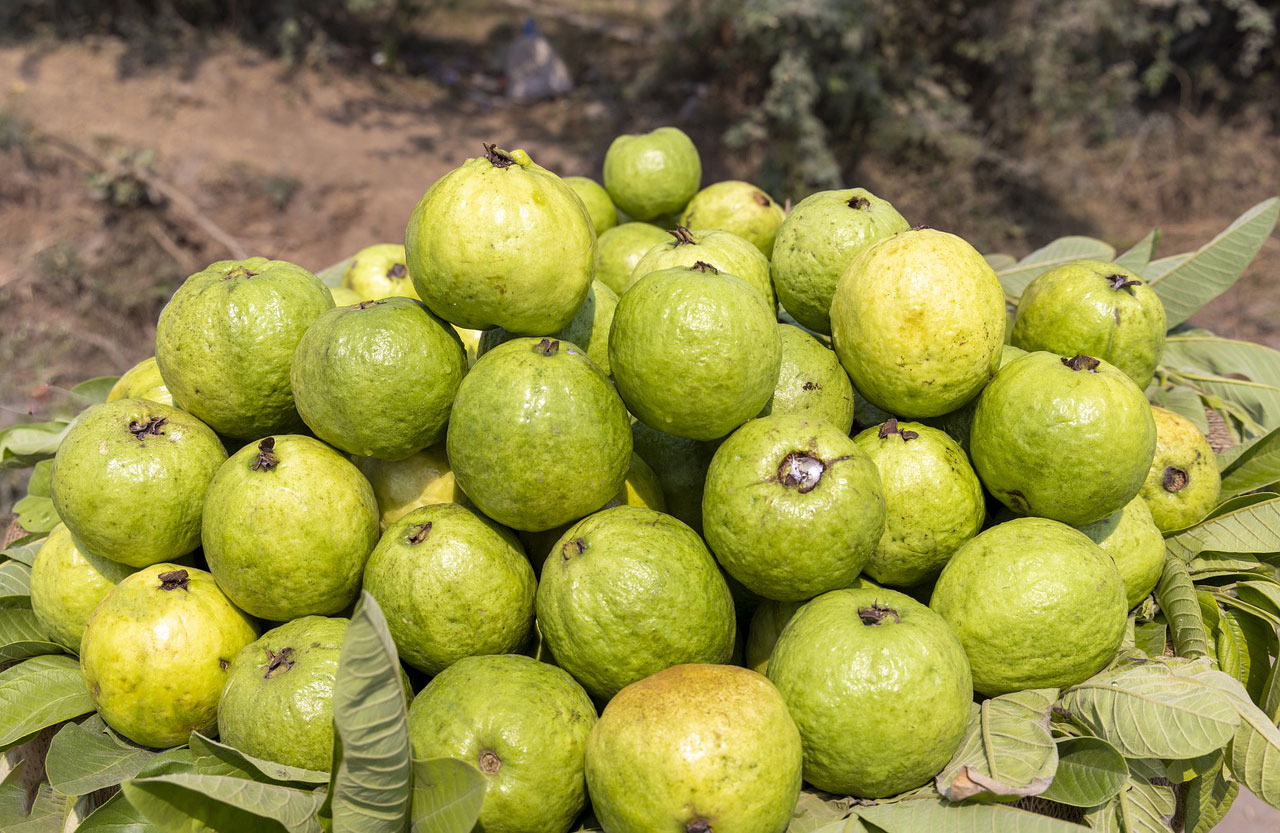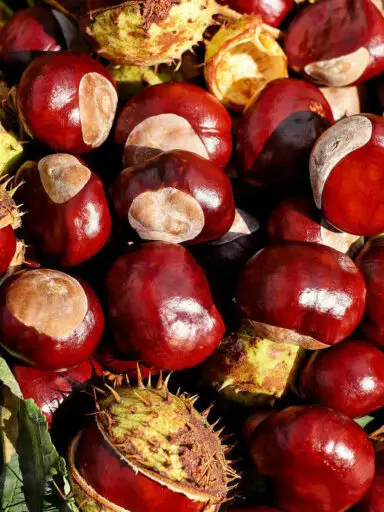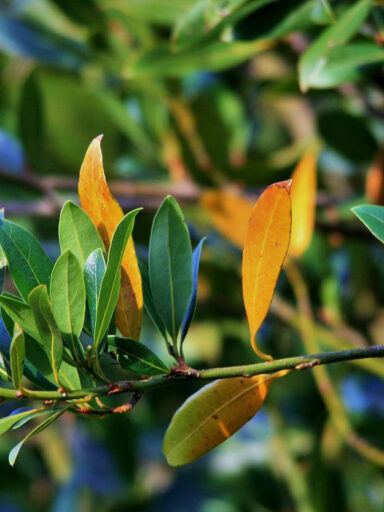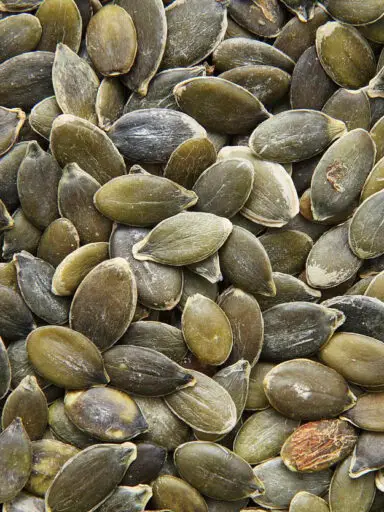The Guava is a tropical fruit of the family of Myrtaceae, of the genus Psidium in a botanical sense. It is regarded as a superfruit and is very delicious sweet and nutritious.
The fruit comes from an evergreen tropical tree of the same name. It is believed to be native to Central Americas and is now grown worldwide in tropical climates.
The guava can grow well in humid and dry regions and is somewhat resistant to very cold weather but not necessarily frost.
The fruit of the guava starts out dark green and hard and turns yellow and soft as it matures and ripens further. Guava is normally harvested when green and mature and continues to ripen even after harvest. The fruit bears a rich tart taste and is neither bitter nor sour even when unripe.
The fruit grows to about 4 to 5 centimeters in diameter when mature. The fruit contains many seeds in a fleshy pulp. The flesh may vary in color and turns creamy when ripe and continues to do so if left to continue ripening.
The flesh can be anything from red, pink, white, or yellow depending on the variety. The entire fruit is edible right from the skin to the flesh and onto the hard seeds.
The guava is available throughout the year the world over in stores and marketplaces. Guavas can be harvested fully ripe off the trees or when green and left to ripen thereafter. Harvesting ripe gives the best-flavored fruit.
Fresh fruit must be bought without any bruises or cuts. It must not have any mushy areas, should not have insect or wormholes, or any signs of fungi and mold. Green mature fruit can be stored for up to about two weeks in a cool and dry place. The fully ripe fruit must be kept in a refrigerator which they will keep for a day or two.
How to Prepare Guava for Eating
The fruits should be washed in cool running water to remove any dirt and insecticide residue. The ends can be trimmed off and the remaining fruit cut into slices, cubes, halved, or eaten whole as a snack together with its skin and all the seeds.
Guava juice can be extracted in a juicer or blender. It can be added to fruit salads and dessert preparations. It can also be turned into jam, jelly, marmalade, and other candies.
Nutritional Benefits
Guava contains 68 calories per 100 grams. it contains no cholesterol and is rich in dietary fiber. it is a good source of carbohydrates and contains minimal proteins and fats.
It contains antioxidants in vitamin C and is a good source of B-complex vitamins as well. It is rich in folates, niacin, pantothenic acid, pyridoxine, and thiamin. It is also a great source of vitamin A.
It is rich in electrolytes such as potassium and is a good source of minerals most notably magnesium and manganese.



